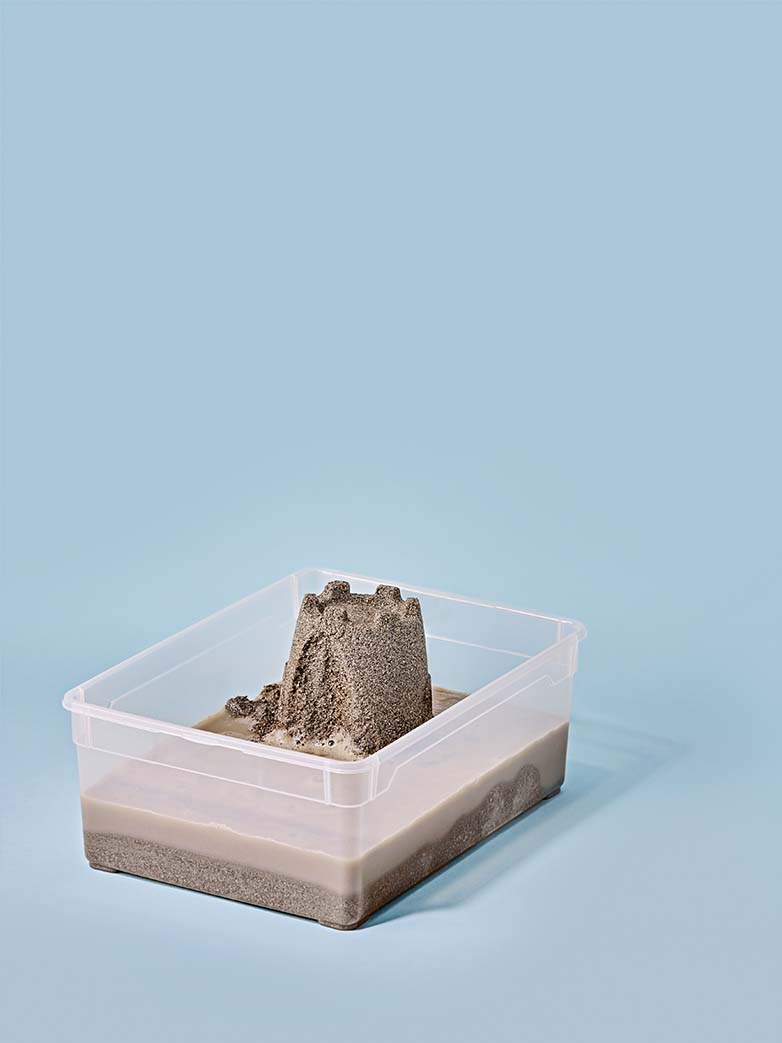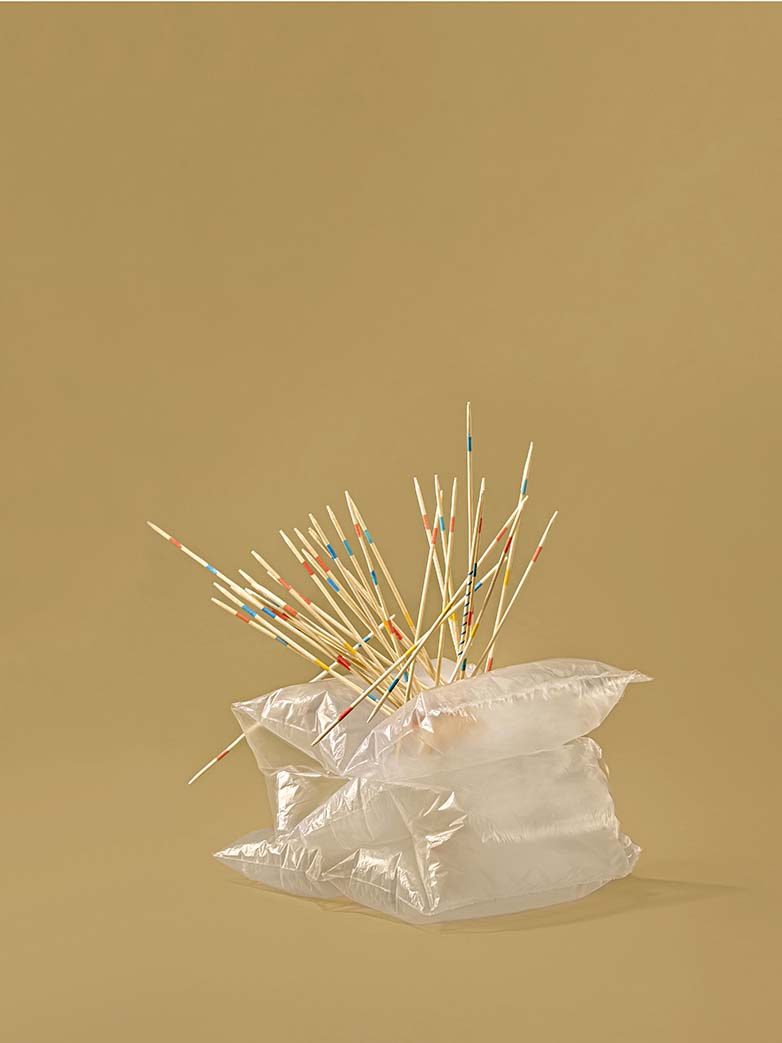Underestimated risks
Climate change, pandemics and cyber attacks are risks that have long been in the public spotlight. But there are also risks that ETH researchers consider are still being given too little attention. Photographer Tina Sturzenegger has captured the scenarios on film.
Safe Learning

Autonomous systems such as robots, vehicles and production facilities can learn how to improve themselves. We envision a system that is capable of interacting with its environment and learning to perform a task. Yet with so many options available, actions based purely on experience can lead to mistakes – with potentially devastating consequences. Our methods use modelling, analysis and an in-depth understanding of the system to assess the risk of a proposed action and modify it if necessary. This ensures that learning takes place within a safe framework.
Melanie Zeilinger, Professor of Dynamic Systems and Control
A lack of transparency

In Switzerland, as many as 25 percent of all ballots cast are declared void. Similarly, the contracts between vaccine manufacturers and the Federal Office of Public Health remain secret. Reports like this can undermine our faith in democracy and lead to legitimate questions about whether our votes are properly counted and how our taxes are spent. In the age of blockchains, there is no reason for such secrecy. Digitalisation is ushering in an urgently needed paradigm shift towards transparent government. That’s the focus of our research.
Roger Wattenhofer, Computer Engineering and Networks Laboratory
Infrastructure Failure

A main driver of engineering design is the mitigation of structural failure. The risk of failure, as structures start to age or when new construction methods are put to the test of time, has been underestimated in recent years. In our group, we develop data-driven algorithms that exploit sensing to assess and protect the health of monitored assets. We use data-processing, machine learning and computing to merge data from real operating structures, and we deploy advanced lab tests to gain new understanding of the operation and protection of structures and infrastructures.
Eleni Chatzi, Professor of Structural Mechanics and Monitoring
Overconfidence in scientific knowledge

Risk assessment and decision-making under uncertain conditions should make best use of scientific knowledge. One of the main dangers, however, is being overconfident in such knowledge. Climate change, for example, may generate catastrophic scenarios either unforeseen or only envisaged by a minority of scientists. In our research, we explore how to make optimal decisions when experts provide conflicting information. We question the role of experts in decision-making and emphasise the value of research institutions that encourage the creation of original, possibly disruptive, knowledge.
Antoine Bommier, Professor of Integrative Risk Management and Economics
Resilience of organisations

Resilience describes the ability of a system to absorb internal or external shocks, as exemplified by an earthquake-resistant building or a healthy immune system. But how do we gauge the resilience of socio-economic systems, such as companies or organisations? One approach is to build models and devise data-based indicators. These tell us when a process of dynamic adaptation threatens a system’s inner stability with the risk of failure rather than the hoped-for improvement. This in turn reveals the unintended consequences that decisions may have.
Frank Schweitzer, Professor of Systems Design
Predicting bonefracture
Femur fracture is a risk especially for the elderly population. We aim at reliably predicting the risk of fracture using numerical simulations. With our collaborators at the Computational Mechanics and Experimental Biomechanics lab at Tel Aviv University, we develop novel modeling and computational techniques to improve the accuracy of biomechanical predictions. The goal is to help clinicians to accurately estimate the risk of femur fracture for the elderly population due to fall on the side or for patients with bone tumors, in order to plan targeted patient-specific interventions.
Laura de Lorenzis, Chair of Computational Mechanics
The silent decline of living things

The diversification of organisms resulting from millions of years of evolution, has supported the flourishing of human civilizations, supporting agricultural, material, or biotech resources. The scale of the erosion of life-forms across all ecosystems worldwide is difficult to measure and comprehend. While functional redundancies have allowed the continued delivery of regulatory and provisioning services that we have relied on for millennia, non-linear response of ecosystem to accelerating extinctions could lead to an irreversible turning-point.
Loïc Pellisier, Landscape Ecology Group
Iron and the immune system

Over half of the children in developing countries suffer from anaemia due to iron deficiency. Moreover, childhood vaccines in these countries are less effective. Until recently, it was unclear why this should be so. The latest studies show that white blood cells need large amounts of iron to produce antibodies after vaccination. Children with an iron deficiency have a higher risk of reduced vaccine protection because they have fewer antibodies – and those they do have are less potent. Administering iron improves the effectiveness of vaccines against childhood diseases.
Dr. Nicole Stoffel, Laboratory of Human Nutrition
This text appeared in the 22/01 issue of the ETH magazine Globe.
Comments
No comments yet